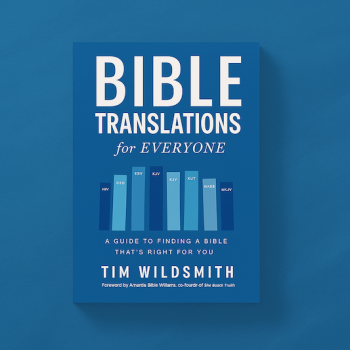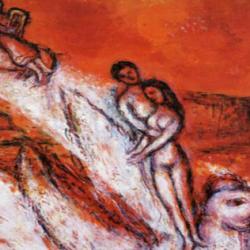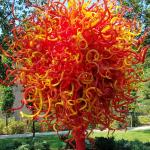Richard Davidson’s structural analysis of the Song is particularly helpful in showing the coherence of the last section of the Song, often viewed as a collection of disconnected fragments. 8:5-14 matches 1:2-2:7 in that both are arranged in seven speeches, alternating between female and male voices.
More strikingly, Davidson shows, very persuasively, that these two sections form a chiastically arranged inclusion around the entire poem, as follows:
A. 1:2-7: key words: Solomon, “my own vineyard,” keeper ( natar ), companions, haste
B. 2:8-11: key word: silver
C. 1:12-14: key phrase: “my breasts”
D. 1:15-17: key phrase: building, with “beams of cedar”
E. 2:1-5: key words: love (‘ ahavah , house, love ( dod ), apple tree
F. 2:6-7: key phrases: double refrain: “left hand under head . . . .”; “I charge you . . . ”
F’. 8:3-4: key phrases: double refrain: “left hand under head . . . .”; “I charge you . . . ”
E’. 8:5-7: key words: love ( ‘ahavah , 3x), house, love ( dod , 3x)
D’. 8:8-9: key phrase: building, with “planks of cedar”
C’. 8:10: key phrase: “my breasts”
B’. 8:11: key word: silver
A’. 8:12-14: key words: Solomon, “my own vineyard,” keepers ( natar ), companions, haste
The B sections of his overall chiasm (2:8-17; 7:11-8:2) are also chiastically arranged:
A. 2:8-9: Approach of lover to house; inclusio with 2:17
B. 2:10-15: invitation to the country; key words: rise up and come, appear, flowers, blossoms, vine, give fragrance, vineyards, let me see your form
C. 2:16-17: refrain: “My beloved is mine . . . .”
C’. 7:11: refrain: “I am my beloved’s . . . .”
B’. 7:12-14: invitation to the country; Come, let us go, see, flower, blossoms, vines, give fragrance, vineyards, I will give you my love
A’. 8:1-2: Approach of the lover to the house
Davidson links 3:1-5 with 5:2-8, both scenes where the bride seeks her lover, and he shows that these are arranged in a panel construction. The D sections are 3:6-11 and 5:9-6:3, again arranged in panels. The two wasfs in 4:1-6 and 6:3-12 match as well, and are arranged in parallel, as are the sections 4:8-15 and 6:13-7:9. At the center he places 4:16-5:1, both of which end with references to garden, spices, and eating.















